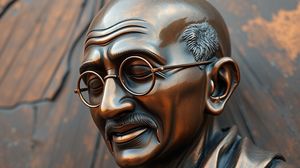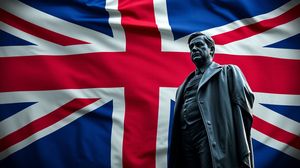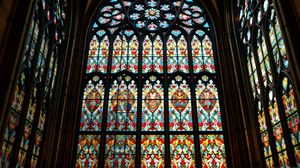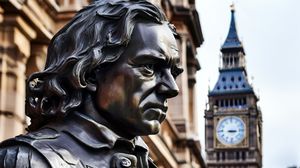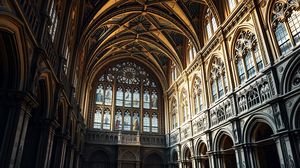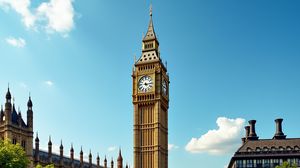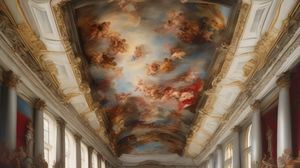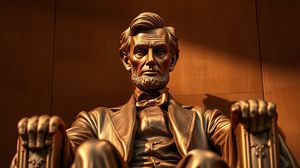
The Abraham Lincoln Statue in Parliament Square, London stands as a remarkable testament to the respect and admiration between the United States and the United Kingdom. It is a bronze replica of the original statue by Augustus Saint-Gaudens, which is located in Lincoln Park in Chicago. This connection makes it a notable American cultural presence in the heart of London's political landscape.
Unveiled in 1920, the statue was a gift from the American ambassador at the time, Robert Todd Lincoln, who was Abraham Lincoln's son. This gesture was intended to symbolize enduring friendship and the shared principles of democracy and freedom that both nations hold dear.
Interestingly, this statue's placement in Parliament Square is a reflection of Lincoln's significance as a symbol of unity and justice, standing amongst statues of other significant political figures, including Sir Winston Churchill and Mahatma Gandhi. The statue's proximity to the UK Parliament adds layers of historical and political relevance, bridging transatlantic political ideals.
The statue itself depicts Lincoln in a thoughtful pose, reflecting his reputation as a contemplative leader. One fascinating detail about this replica is that it showcases Lincoln with his head slightly bowed, holding his lapels, evocative of his approach to leadership during the American Civil War—a combination of steadfast resolve and reflective introspection.
In a unique twist to its origin story, the statue almost ended up being placed in a different location. Originally meant to be installed outside Westminster Abbey, it was later decided that Parliament Square would be more fitting, ensuring it stands in a position where it can be readily seen by those visiting London's political hub.

Making the Most of Your Visit:
If you're interested in history, bring some background knowledge of Abraham Lincoln and his impact, particularly his role in the American Civil War. This gives more depth to your appreciation of the statue and its placement in this politically significant area.
Notice the artistic details of the statue, particularly Lincoln's pose. His thoughtful stance and slightly bowed head convey a sense of contemplation, which mirrors his real-life leadership during turbulent times. It's a great way to connect with his historical persona.
Take a moment to compare the Lincoln statue to the statues of other world leaders in Parliament Square, like Churchill and Gandhi. Reflect on their influences and how they collectively represent global struggles for peace and justice.
Visit during early morning or late afternoon for the best light for photography without too many crowds. The sun at these times casts gentle shadows that highlight the statue's features beautifully.
Consider exploring the statue's connection with its original in Chicago. It's fascinating to learn how public art is replicated and placed across the world, bridging different cultures and histories.

Visiting Times & Costs:
The Abraham Lincoln Statue in Parliament Square is open to the public year-round as it is an outdoor monument. It can be viewed at any time, making it accessible for those who wish to appreciate it day or night. There is no entrance fee, as it is located in a public square, allowing for free access to all visitors.
In terms of accessibility, Parliament Square is generally accessible, including for those with mobility issues. However, the area can be crowded, especially during peak tourist times, which may pose challenges for some visitors.

Address & Map:

Nearby:

